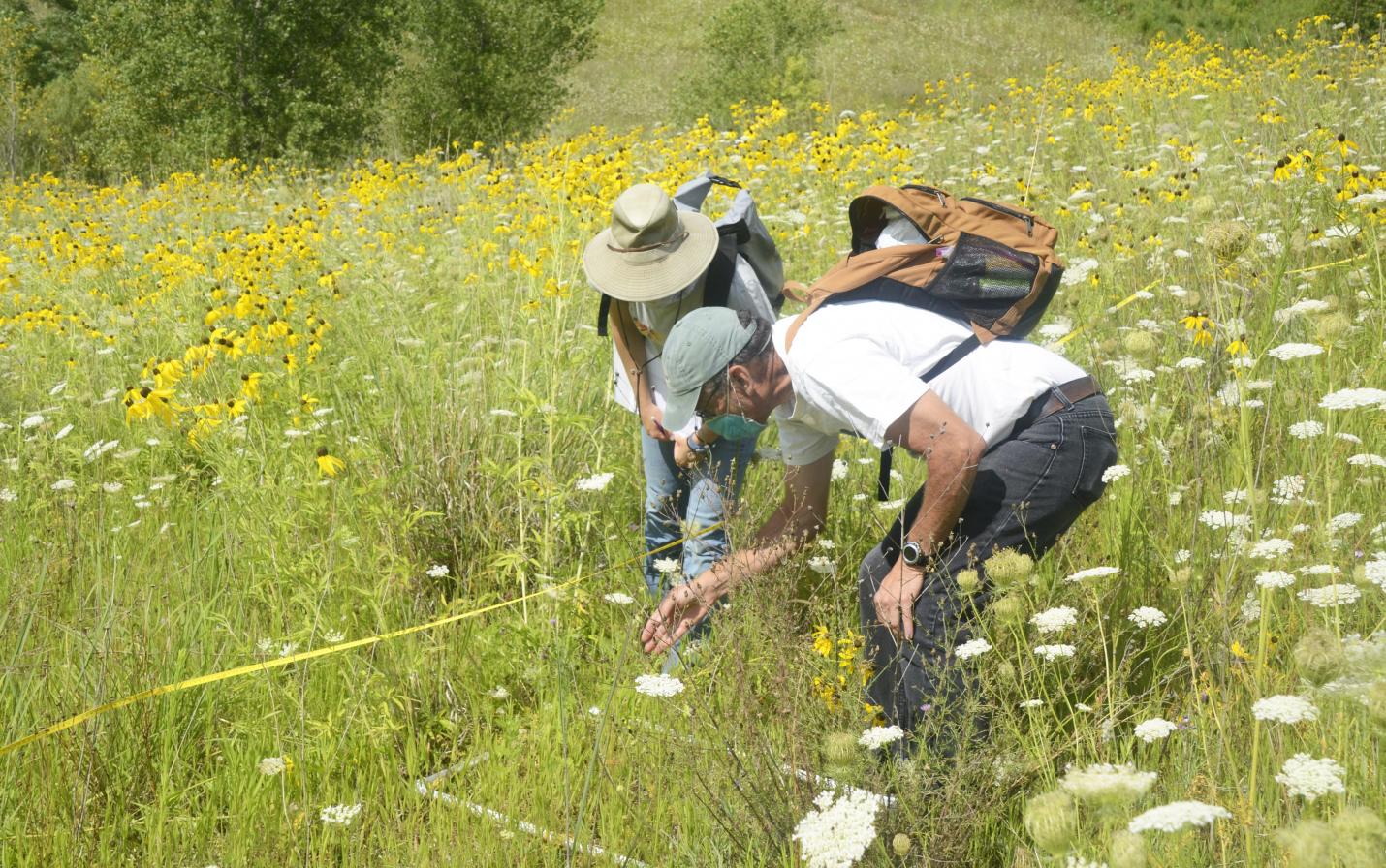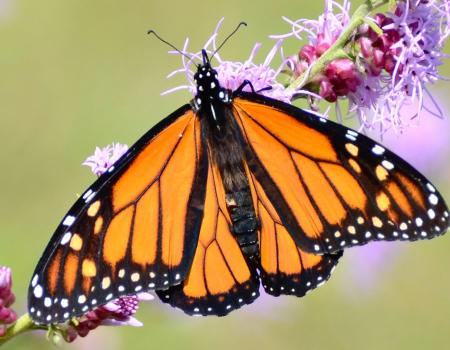
Everyone loves monarch butterflies. These amazing insects inspire awe and admiration with their incredible journey of migration from Mexico and back each year. Some of those monarchs end up in Wisconsin.
Sadly, the monarch population has been declining over the last two decades. The average size of the population in the last decade is only roughly a third of the average size in the ‘90s. This decline is largely attributed to habitat loss, degradation, and fragmentation, but there are other threats, including pesticide use and climate change. We’ve lost significant amounts of milkweed and floral resources across the landscape due to changing agricultural practices and development. Scientists estimate that in the Midwest alone, roughly 860 million milkweed stems have been lost since 1999.
